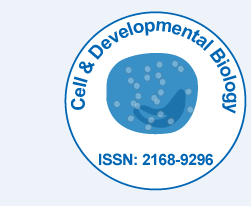
செல் & வளர்ச்சி உயிரியல்
திறந்த அணுகல்
ஐ.எஸ்.எஸ்.என்: 2168-9296

ஐ.எஸ்.எஸ்.என்: 2168-9296
G. K. Dinakaran, P. Soundarapandian and D. Varadharajan
After mating, the eggs were deposited, or oviposited, on setae of the pleopods of the female. The newly oviposited eggs were containing all the necessary material for synthetic processes associated with embryogenesis and morphogenesis and all the compounds required for oxidative metabolism and energy production. The fertilized eggs were opaque, greenish, round or oval in shape. The diameter of the egg was approximately 0.45 mm. As the development progresses, the greenish colour changed into light green, brownish-yellow and finally to dull whitish in colour about to hatch. The incubation periods varied from 12-14 days. The process of embryonic development includes nuclear division, cleavage (blastomeres), segmentation, formation of optic vesicle, eye pigment development and larva formation. At third minute after mating the sperm fused with the egg membrane and subsequently the male pronucleus entered the egg’s cytoplasm. The first and second nuclear divisions were completed without any corresponding division of the cell. Third division begun at 8 h and eight nuclei were formed after 9 h. Subsequent divisions of sixteen and thirty two nuclei stage took place at about 1 to 1.30 h interval and segmentation was completed at 18-20h. Embryonic development follows the normal blastula and gastrula stages, ending with the closing of the blastopore.